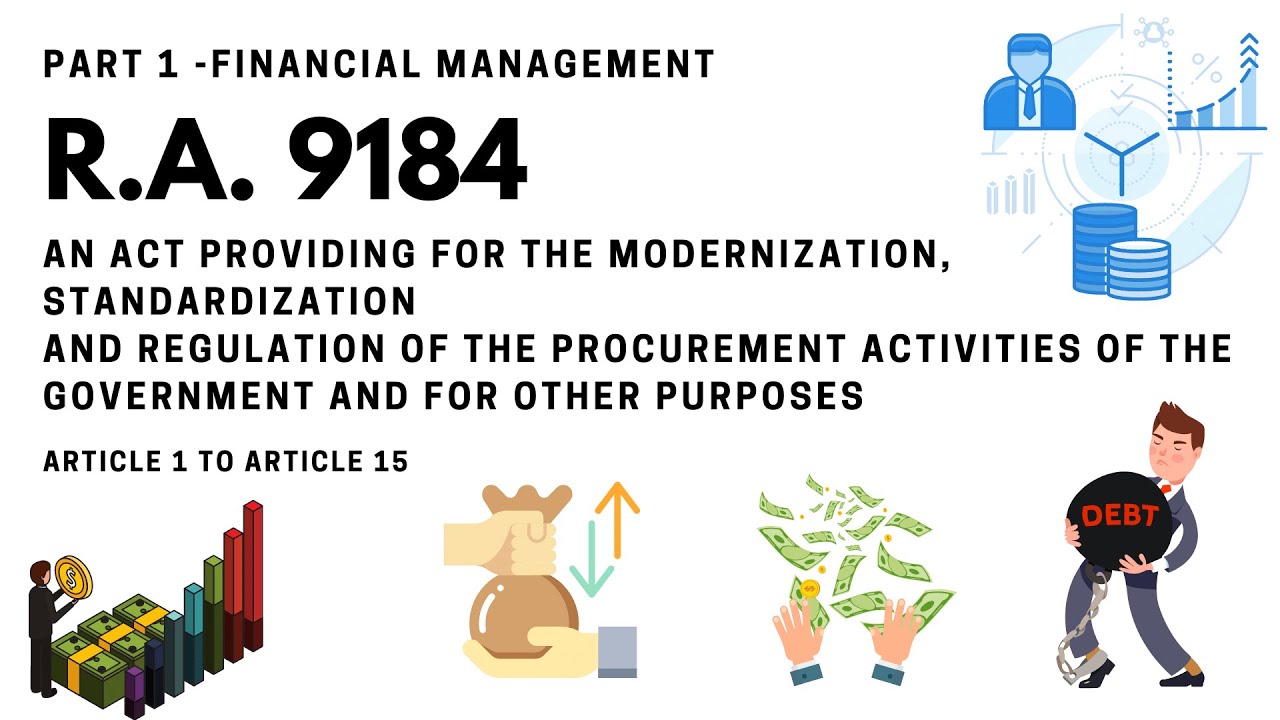E-procurement -Reengineering the traditional procurement process
Summary
TLDRThis lecture introduces e-procurement and its advantages over traditional procurement processes. The instructor explains key concepts such as procurement, purchasing, and sourcing, emphasizing that e-procurement leverages online technologies to streamline corporate buying. Case studies from General Electric and Tata Steel illustrate the cost, time, and efficiency improvements through e-procurement. The lecture covers how information and communication technologies (ICT) have reengineered traditional processes, highlighting new activities like spend analysis and supplier management. Different e-procurement models such as software solutions, internet market exchanges, and B2B auctions are also discussed.
Takeaways
- 🌐 **E-Procurement Definition**: E-procurement is the application of ICT, especially the internet, to facilitate corporate buying processes.
- 🔍 **Traditional vs. E-Procurement**: Traditional procurement involves manual processes, while e-procurement automates these processes using technology.
- 📈 **Benefits of E-Procurement**: It reduces administrative costs, shortens order fulfillment cycles, lowers inventory costs, and increases collaboration among partners.
- 🛍️ **Procurement Process**: Procurement includes the entire process from indenting to supplier evaluation, while purchasing is a subset focusing on the buying act.
- 🔎 **Sourcing**: Sourcing is about finding, evaluating, and engaging suppliers of goods and services, and is a part of purchasing.
- 🏭 **General Electric's E-Procurement**: GE's Trading Process Network automated procurement, leading to a 30% drop in transaction costs and 5-20% reduction in material costs.
- 📊 **Tata Steel's Procurement Solution**: Tata Steel used various e-procurement options, resulting in strategic sourcing savings and reduced order lead times.
- 🛒 **E-Procurement Models**: Models include e-procurement software, internet market exchanges, B2B auctions, and internet purchase consortia.
- 📋 **Spend Analysis**: A new process introduced by e-procurement, involving data aggregation and deciding sourcing strategy.
- 🔗 **Integration with Internal Systems**: E-procurement software often needs to be integrated with a company's internal systems for seamless operation.
Q & A
What are the three key terms related to procurement?
-The three key terms related to procurement are procurement, purchasing, and sourcing. Sourcing is a part of purchasing, and purchasing is a subset of procurement.
What is the definition of procurement?
-Procurement is the systematic process of deciding what, when, and how much to purchase, the act of purchasing it, and ensuring that what is required is received on time, in the right quantity, and quality specified.
What is the difference between purchasing and procurement?
-Purchasing is only the act of buying the material and services with the right quality, quantity, and at the right price from the right source at the right time. Procurement, on the other hand, includes the entire process from indenting to supplier evaluation.
What is e-procurement?
-E-procurement is the application of information and communication technology, specifically the internet, to facilitate corporate buying. It is an online procurement process that uses technology to streamline and automate purchasing activities.
What are the benefits of e-procurement?
-Benefits of e-procurement include reduced administrative costs, shortened order fulfillment cycles, lower inventory costs, lower prices paid for goods through increased competition among suppliers, and increased collaboration among partners through technological intervention.
What is the significance of General Electric's Trading Process Network in the context of e-procurement?
-General Electric's Trading Process Network is one of the first initiatives for automating the procurement process. It allows buyers to post requests for proposals, suppliers to submit bids electronically, and facilitates transaction processing such as reconciling purchase orders with invoices.
What benefits did General Electric see from implementing their Trading Process Network?
-General Electric saw a 30% drop in transaction costs, a reduction in material costs ranging from 5 to 20 percent, and a procurement cycle time reduction of 6 to 8 days per month.
How does Tata Steel's procurement solution differ from General Electric's?
-Tata Steel uses four different options for procurement: metaljunction (an e-marketplace for the steel industry), an internal e-bidding solution, an internally developed e-negotiation solution, and a stock information system for vendor-managed inventory suppliers.
What is the role of spend analysis in e-procurement?
-Spend analysis is a new process introduced by ICT intervention in e-procurement. It involves data aggregation and deciding sourcing strategy, which was not part of the traditional procurement process.
What are the four types of e-procurement models mentioned in the script?
-The four types of e-procurement models are: 1) e-procurement software, 2) internet market exchanges, 3) internet B2B auctions, and 4) internet purchase consortia.
How does the traditional procurement process differ from the reengineered process with ICT intervention?
-The traditional procurement process consists of defining requirements, selecting suppliers, contract management, and supplier evaluation. With ICT intervention, the reengineered process includes spend analysis, sourcing, supplier selection, vendor management software, tactical procurement, and settlement processes.
Outlines

This section is available to paid users only. Please upgrade to access this part.
Upgrade NowMindmap

This section is available to paid users only. Please upgrade to access this part.
Upgrade NowKeywords

This section is available to paid users only. Please upgrade to access this part.
Upgrade NowHighlights

This section is available to paid users only. Please upgrade to access this part.
Upgrade NowTranscripts

This section is available to paid users only. Please upgrade to access this part.
Upgrade NowBrowse More Related Video

Procurement VS eProcurement. Mana yang Lebih Menguntungkan? | Borong Indonesia

Project Management: Planning Process Group

Bab 4 Perilaku Pasar Bisnis

Principal's Test Review: Government Procurement Process_RA 9184

SC302 Session 1 Video Case Purchasing and Procurement at IBM

PENGADAAN BARANG/JASA PEMERINTAH (PART 2) - TUJUAN, KEBIJAKAN, PRINSIP & ETIKA (MATERI ke-2)
5.0 / 5 (0 votes)